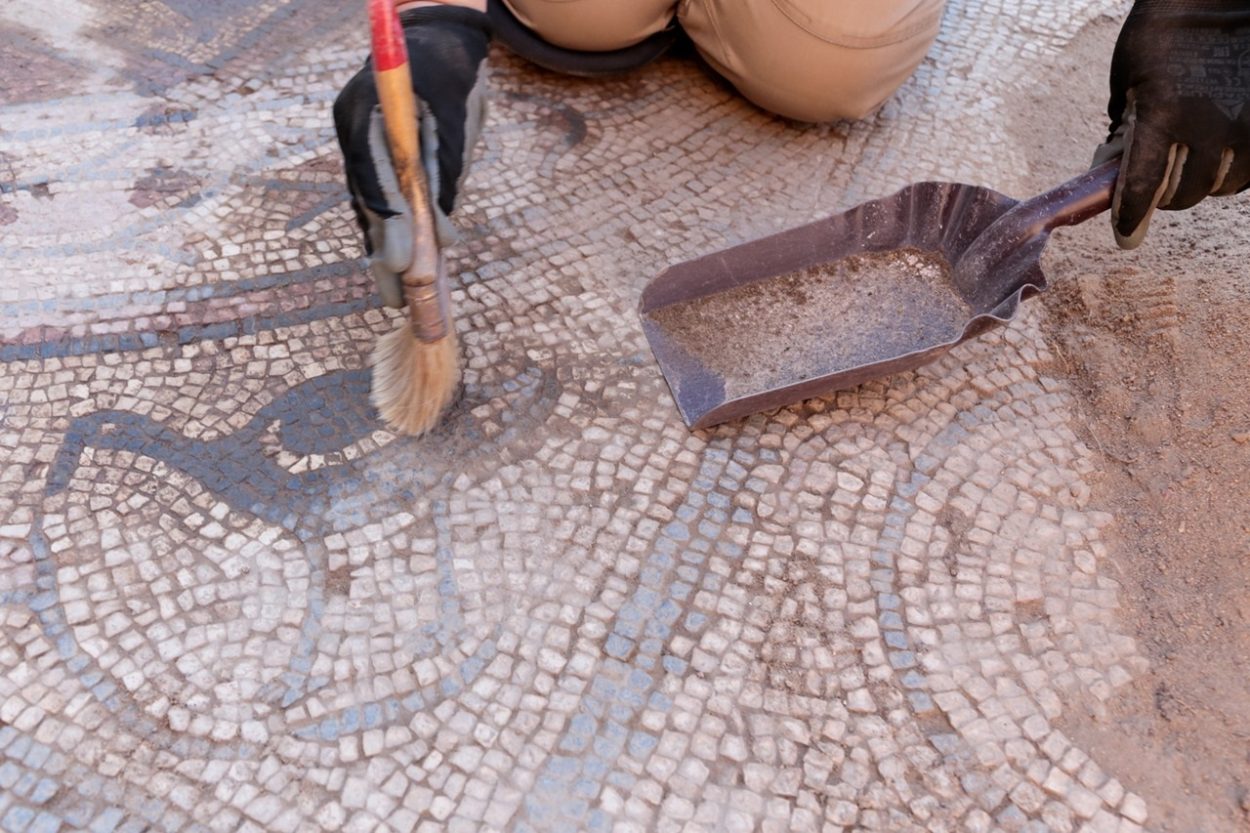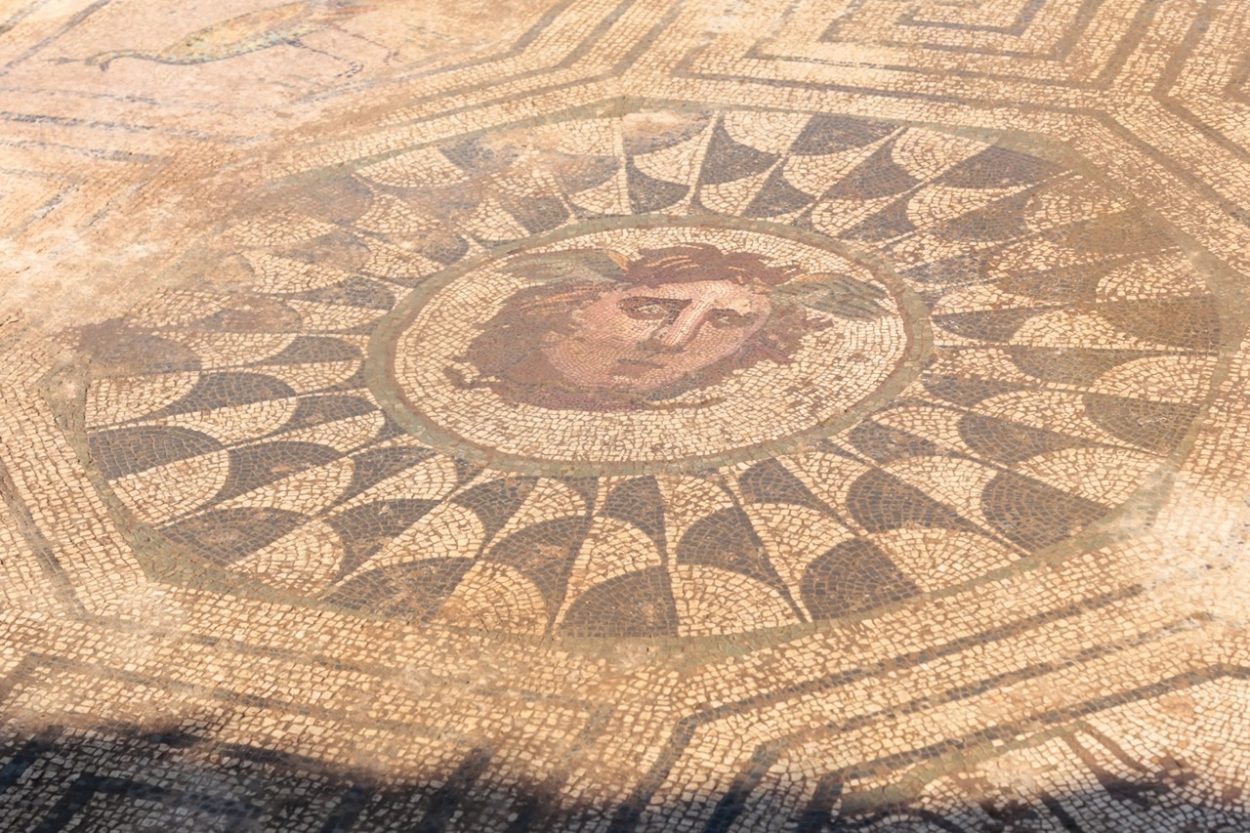Archaeologists excavating in the La Huerta de Otero Archaeological Zone, located in Mérida, Spain, have uncovered a mosaic from the Roman period with a depiction of Medusa.
The La Huerta de Otero Archaeological Zone is located on the western side of Mérida which was part of the Roman city of Augusta Emerita.
Augusta Emerita was founded in 25 BC by Augustus to resettle Emeriti soldiers from the veteran legions of the Cantabrian Wars. The city emerged into one of the largest Roman centres in Hispania and the capital of the province of Lusitania, covering an area of over 20,000 square kilometres.
Recent excavations in the La Huerta de Otero Archaeological Zone have revealed a large mosaic in the main room of a Roman domus depicting Medusa, one of the three monstrous Gorgons from Greek mythology.

According to the researchers, the depiction is a prophylactic representation to protect the domus inhabitants, similar to other Medusa depictions found in numerous artefacts and mosaics from throughout the Greek and Roman world for protection.
The Medusa image is framed in the centre of an octagonal medallion, surrounded in all four corners by peacocks that embody the four seasons. The overall mosaic measures around 30m2 and also contains geometric patterns and images of floral and animal motifs such as birds and fish.

Félix Palma, Director of the Monumental City Consortium commented that this site “is of an exceptional nature due to the level of conservation of the remains and, above all, due to the ornamental apparatus that decorates the well-preserved house: not only the mosaic but also paintings and sculptural motifs”.
Excavations have also revealed a 40 metre section of the Roman wall that defended the city, and the remains of a road running in parallel on the interior.
Header Image Credit : Merida City Hall







